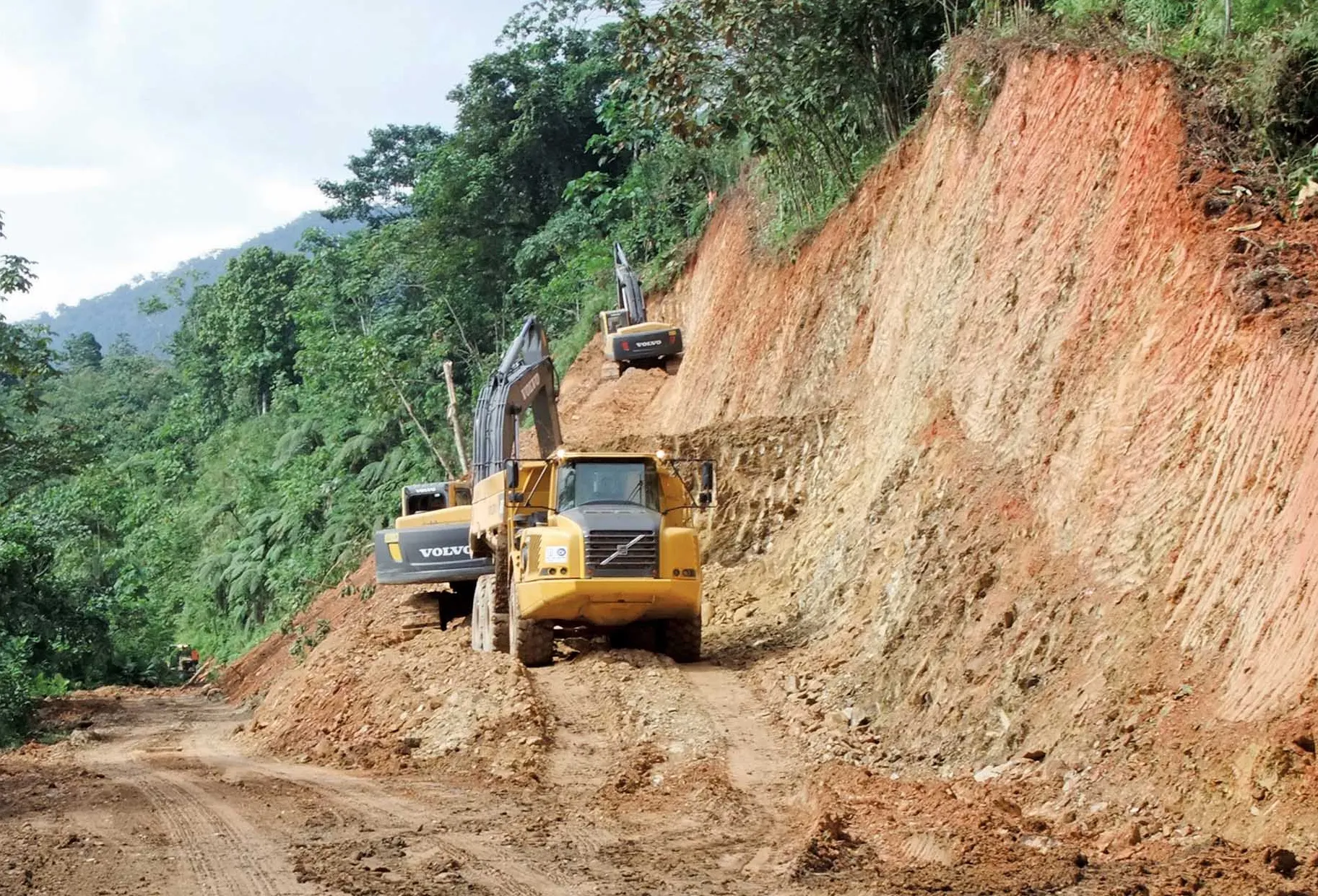A new bridge in Ecuador will improve transport connections in the country.
February 29, 2012
Read time: 1 min
A new bridge in Ecuador will improve transport connections in the country. The opening of this new structure is of note as it is the longest bridge in Ecuador. The Bahia de Caraquez-San Vicente road bridge cost some US$102 million to construct.







